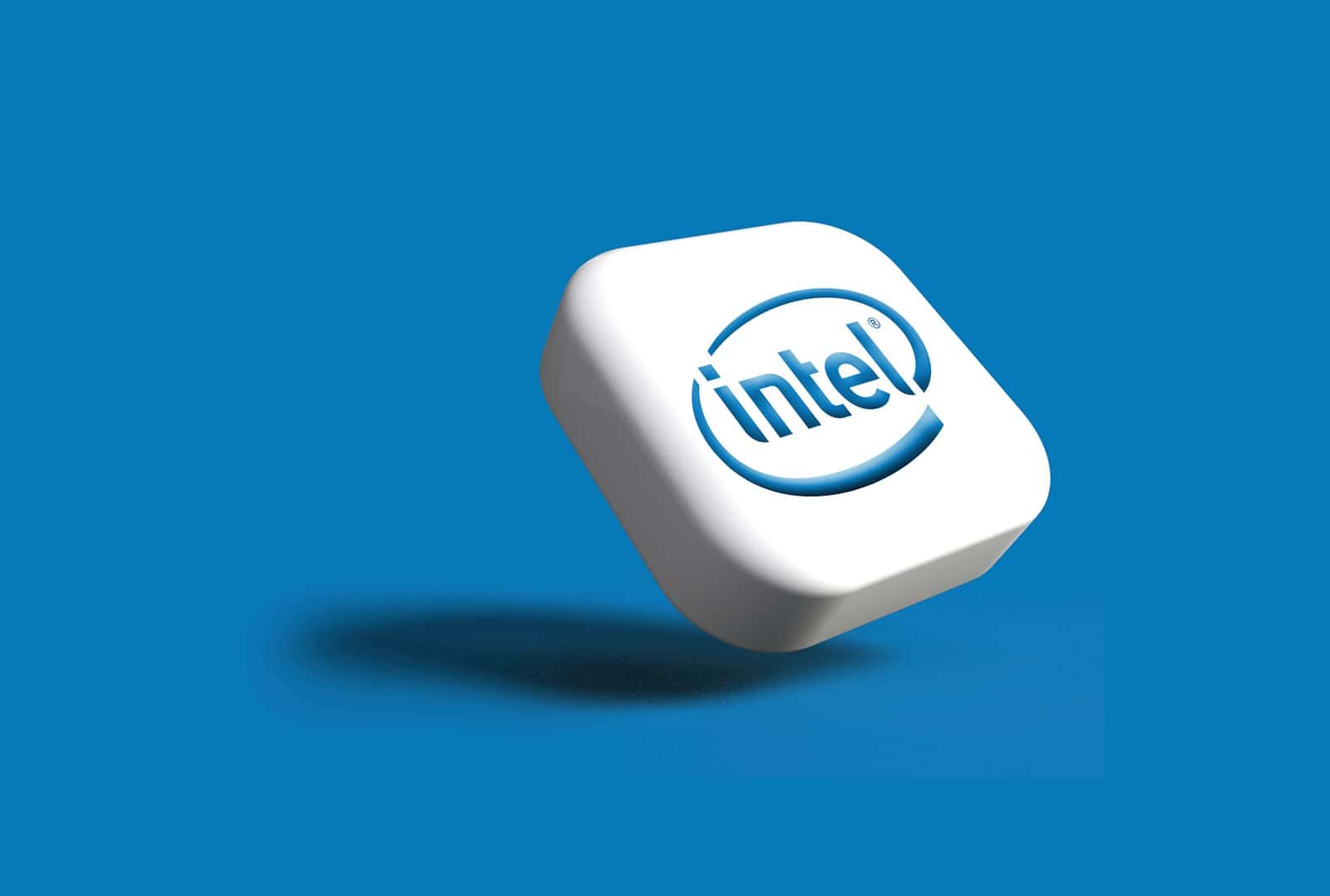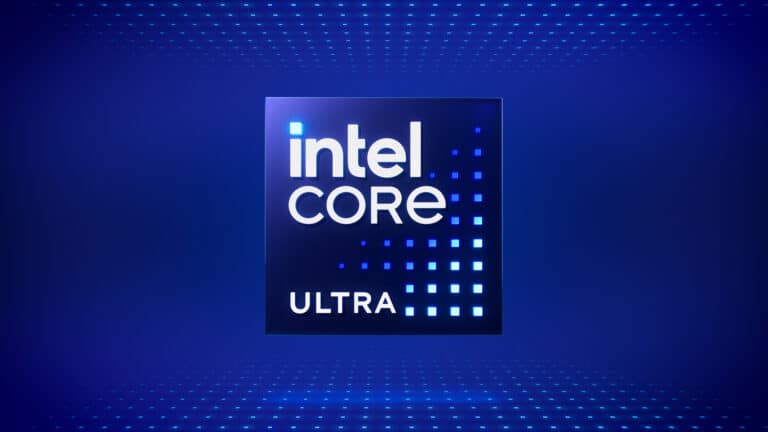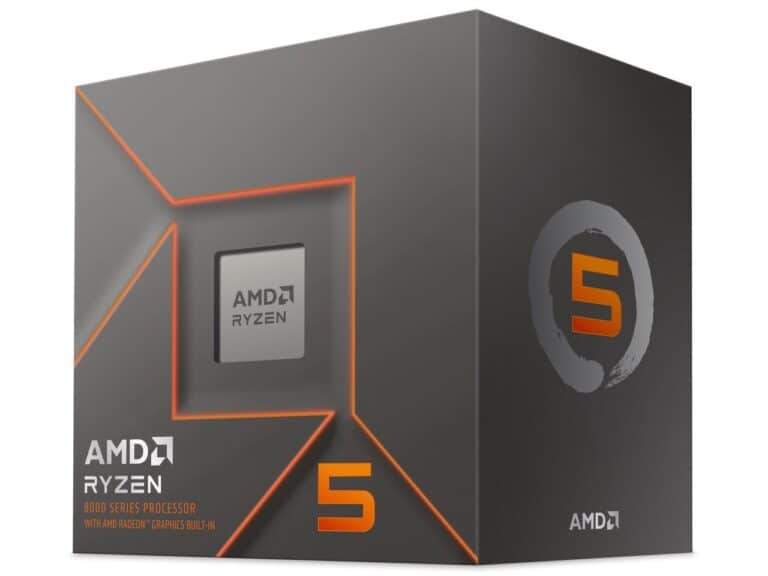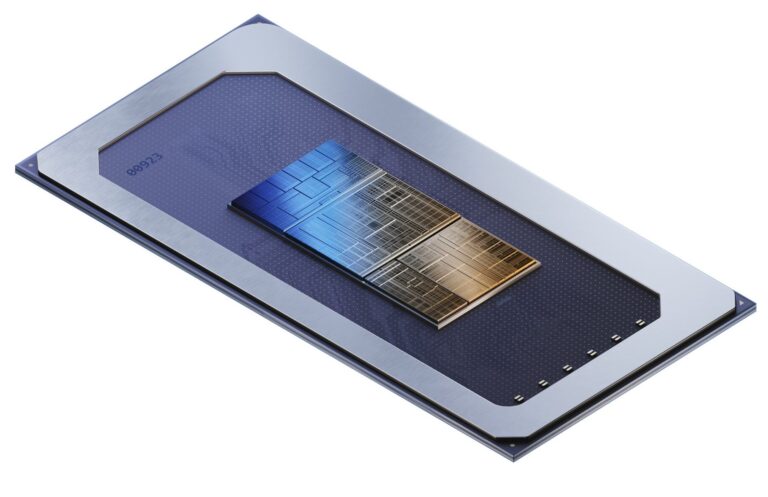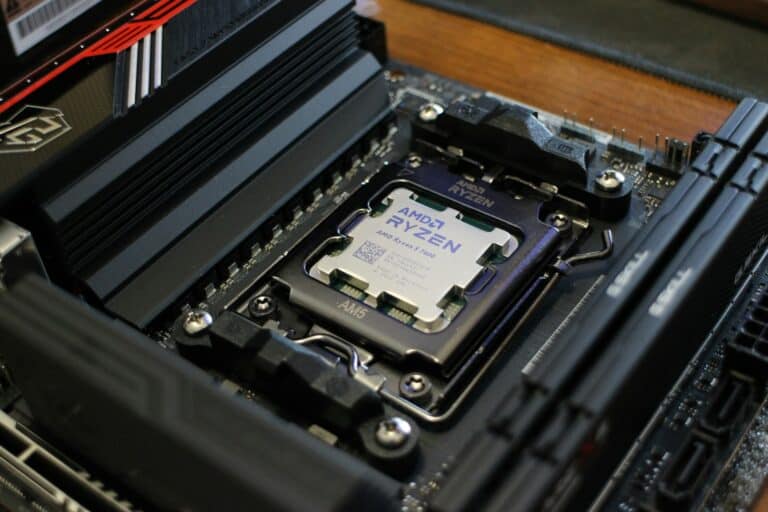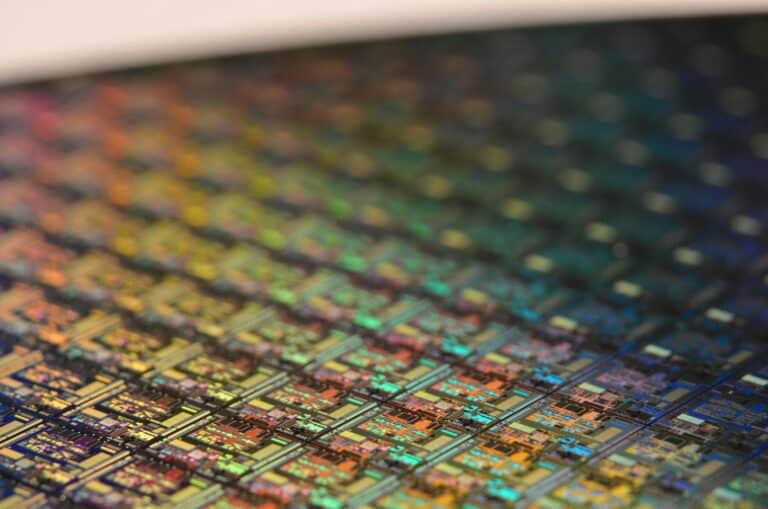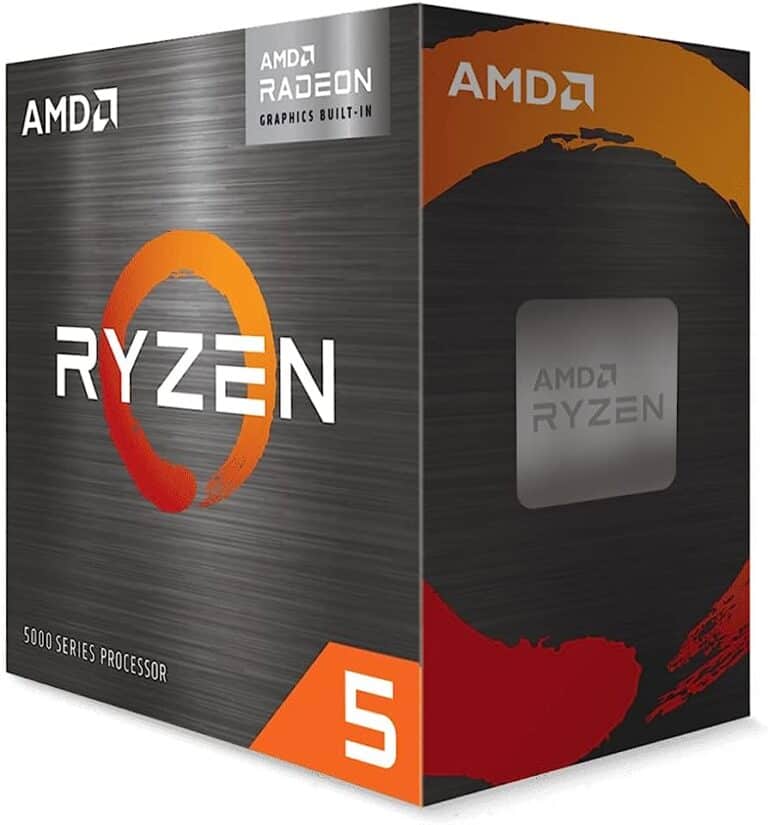Intel’s 14th Generation Core processors, known as Raptor Lake Refresh, represent the latest evolution of the company’s desktop and mobile CPU lineup. Building upon the success of the 13th Gen Raptor Lake architecture, the 14th Gen series refines performance, efficiency, and overclocking potential while maintaining compatibility with existing platforms.
In this guide, we’ll cover everything you need to know — from specs and performance details to release dates, pricing, and the latest rumors about what’s next for Intel.
Intel 14th Generation CPU List
| Model | Cores | Clock | Boost | TDP | Graphics |
|---|---|---|---|---|---|
| Intel 300 | 2 | 3.9 GHz | 46 W | Intel UHD Graphics 710 | |
| Intel Core i3-14100 | 4 | 3.5 GHz | 4.7 GHz | 60 W | Intel UHD Graphics 730 |
| Intel Core i3-14100F | 4 | 3.5 GHz | 4.7 GHz | 58 W | None |
| Intel Core i5-14400 | 10 | 2.5 GHz | 4.7 GHz | 65 W | Intel UHD Graphics 730 |
| Intel Core i5-14400F | 10 | 2.5 GHz | 4.7 GHz | 65 W | None |
| Intel Core i5-14500 | 14 | 2.6 GHz | 5 GHz | 65 W | Intel UHD Graphics 770 |
| Intel Core i5-14500T | 14 | 1.7 GHz | 4.8 GHz | 35 W | Intel UHD Graphics 770 |
| Intel Core i5-14600K | 14 | 3.5 GHz | 5.3 GHz | 125 W | Intel UHD Graphics 770 |
| Intel Core i5-14600KF | 14 | 3.5 GHz | 5.3 GHz | 125 W | None |
| Intel Core i7-14700 | 20 | 2.1 GHz | 5.4 GHz | 65 W | Intel UHD Graphics 770 |
| Intel Core i7-14700F | 20 | 2.1 GHz | 5.4 GHz | 65 W | None |
| Intel Core i7-14700K | 20 | 3.4 GHz | 5.6 GHz | 125 W | Intel UHD Graphics 770 |
| Intel Core i7-14700KF | 20 | 3.4 GHz | 5.6 GHz | 125 W | None |
| Intel Core i9-14900 | 24 | 2 GHz | 5.8 GHz | 65 W | Intel UHD Graphics 770 |
| Intel Core i9-14900F | 24 | 2 GHz | 5.8 GHz | 65 W | None |
| Intel Core i9-14900K | 24 | 3.2 GHz | 6 GHz | 125 W | Intel UHD Graphics 770 |
| Intel Core i9-14900KF | 24 | 3.2 GHz | 6 GHz | 125 W | None |
| Intel Core i9-14900KS | 24 | 3.2 GHz | 6.2 GHz | 150 W | Intel UHD Graphics 770 |
🧠 Overview: What Is Intel’s 14th Generation?
Intel’s 14th Gen lineup, officially launched in October 2023, is not a completely new architecture but rather a refresh of Raptor Lake. It uses the same Intel 7 process node and LGA 1700 socket, ensuring compatibility with 600- and 700-series motherboards.
The 14th Gen family includes both desktop (S-series) and mobile (HX, H, U) chips, catering to gamers, creators, and business users alike.
⚙️ Intel 14th Gen Desktop CPU Lineup (Raptor Lake Refresh)
| Model | Cores (P+E) | Threads | Max Turbo Frequency | Base Power (W) | Cache | Launch Price (USD) |
|---|---|---|---|---|---|---|
| Core i9-14900K | 24 (8P + 16E) | 32 | Up to 6.0 GHz | 125W | 36MB | $589 |
| Core i7-14700K | 20 (8P + 12E) | 28 | Up to 5.6 GHz | 125W | 33MB | $409 |
| Core i5-14600K | 14 (6P + 8E) | 20 | Up to 5.3 GHz | 125W | 24MB | $319 |
| Core i9-14900KF / i7-14700KF / i5-14600KF | Same as above | No integrated GPU | — | — | Slightly lower | |
| Non-K models (e.g., i9-14900, i7-14700, i5-14600) | Same cores, lower clocks | — | — | 65W | — | From $209 |
Key Improvements:
- Higher clock speeds: Up to 6.0 GHz out of the box on the i9-14900K.
- More E-cores on the i7-14700K (now 20 cores vs. 16 on 13700K).
- Enhanced AI tuning and Intel Application Optimization (APO) for better gaming performance.
- Improved DDR5 memory support, up to 5600 MT/s officially (and higher via XMP).
- Backward compatibility with DDR4 motherboards.
💻 Intel 14th Gen Mobile CPUs
Intel’s 14th Gen mobile processors launched in early 2024, focusing on HX-series high-performance chips for gaming laptops and U- and H-series for ultraportables.
Highlights:
- Core i9-14900HX: Up to 24 cores, 5.8 GHz turbo, DDR5-5600 support.
- Core i7-14700HX: 20 cores, boosted efficiency, and improved integrated graphics.
- Core Ultra Series (Meteor Lake): New hybrid architecture with AI acceleration (see below).
🚀 Performance and Benchmarks
Independent benchmarks show:
- Up to 5–10% better single-core performance versus 13th Gen.
- Multithreaded gains mainly on the i7-14700K due to added E-cores.
- Gaming performance remains industry-leading, slightly ahead of AMD Ryzen 7000X3D chips in some titles.
- Power efficiency is similar to 13th Gen under load, though idle power draw has improved.
🧩 Platform Compatibility
- Socket: LGA 1700 (same as 12th and 13th Gen)
- Chipsets supported: 600- and 700-series (Z690, B660, Z790, etc.)
- Memory support: DDR4-3200 and DDR5-5600 (official)
- PCIe support: PCIe 5.0 (GPU and NVMe)
This means users upgrading from a 12th or 13th Gen CPU can often reuse their motherboard and cooling solution, making the upgrade path cost-effective.
📅 Release Date and Availability
- Desktop “K” models (e.g., i9-14900K, i7-14700K, i5-14600K): Released October 17, 2023
- Non-K models and mobile chips: January 2024 (CES announcement)
- Core Ultra (Meteor Lake): December 2023 for laptops only
All major retailers (Newegg, Amazon, Micro Center) carry the lineup, with stable availability since early 2024.
💰 Pricing and Value
Intel’s pricing strategy largely mirrors 13th Gen launch prices. The biggest value improvement comes from the Core i7-14700K, which now offers near-i9 performance at a lower price point.
Gamers and creators upgrading from 12th Gen will see meaningful gains, while 13th Gen owners may find the refresh incremental.
🔮 Rumors and What’s Next: Arrow Lake and Beyond
Intel’s next major architectural leap will come with Arrow Lake (15th Gen), expected in late 2025.
Rumored improvements include:
- New LGA 1851 socket
- Intel 20A process node (RibbonFET transistors)
- Integrated AI acceleration across all tiers
- Significant IPC and efficiency gains over Raptor Lake
Arrow Lake will likely mark the end of LGA 1700’s lifecycle, bringing a fresh platform and new chipset series.
🧾 Summary
| Feature | Intel 14th Gen (Raptor Lake Refresh) |
|---|---|
| Architecture | Raptor Lake Refresh (Intel 7) |
| Socket | LGA 1700 |
| Top Model | Core i9-14900K (6.0 GHz) |
| Core Counts | Up to 24 cores (8P + 16E) |
| Memory Support | DDR4 / DDR5 |
| PCIe Support | PCIe 5.0 |
| Release Date | October 2023 (Desktop), Jan 2024 (Mobile) |
| Next Gen | Arrow Lake (15th Gen, expected 2025) |
🏁 Final Thoughts
Intel’s 14th Generation processors deliver refined performance, strong gaming results, and broad compatibility — making them a smart upgrade for users on older platforms. While not revolutionary, the Raptor Lake Refresh lineup keeps Intel competitive against AMD’s Ryzen 7000 series and sets the stage for the major architectural shift coming with Arrow Lake.

